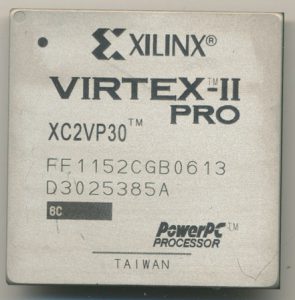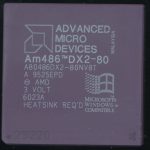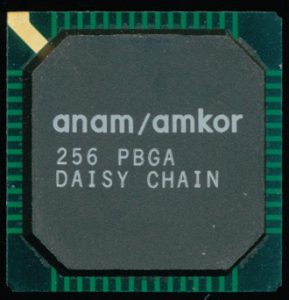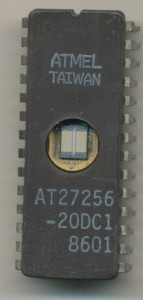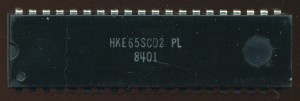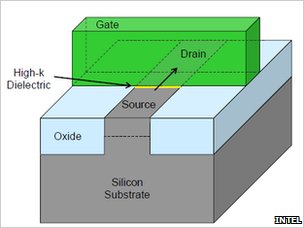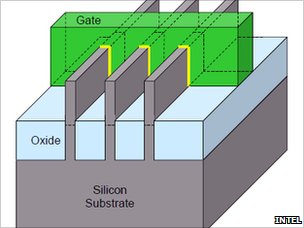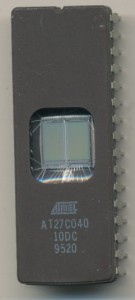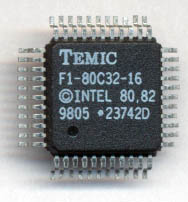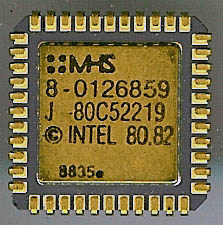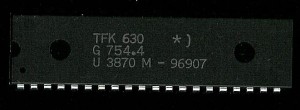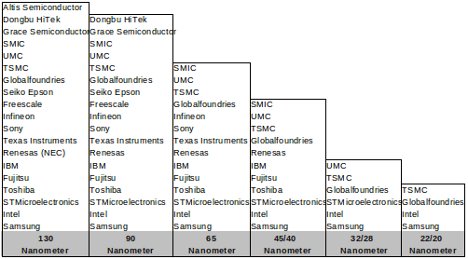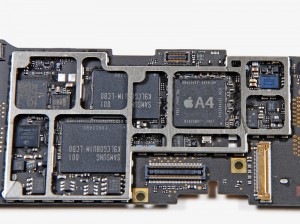Socialist Romania Computer Chips
The socialist bloc of countries that arose after World War II was not a monolithic entity, it had significant country and cultural differences. A number of countries stood apart, one of them was socialist Romania. The leadership of Romania pursued a relatively free domestic and foreign policy, while remaining within the framework of the socialist system and being a strategic ally of the USSR and a member of the Warsaw Pact.
Through the CMEA (Council for Mutual Economic Assistance), the USSR assigned Romania the role of a supplier of agricultural products. The “big brother” proposed to mothball the agrarian backwardness of the republic, which did not suit Bucharest at all. In the late 60s, Romania chose to stand on the path of intensive industrialization. Hydroelectric dams block the Carpathian rivers, and then the Danube. Light industry plants work at their maximum capacity – thus, the country becomes the largest exporter of textiles in Europe. Enterprises of ferrous and non-ferrous metallurgy, chemical and petrochemical, and furniture industries were built. The extraction of precious and non-ferrous metals, uranium, oil, gas, coal were developed intensively. Since the early 1970s, Romanian enterprises have been producing large numbers of machine tools, turbines for power plants, cars, locomotives, tractors, combines, trucks, and household appliances. In the summer of 1979, Romania bought a license from British BAE Systems to produce the BAC 1-11 passenger jet. It was produced at the purpose-built Romaero plant in Bucharest. In total, under Ceausescu, 9 Rombac 1-11 planes were built.
At the beginning of the 1980’s, there were two entities in Romania that produced electronic components, IPRS and ICCE
 IPRS-Băneasa, Bucharest. By the early 1980s, the company had over 6,000 employees and nine production facilities. It was located on 15 hectares (37 acres) of land on the edge of the Băneasa forest near Bucharest. Products (capacitors, diodes, analog and digital ICs, thyristors, transistors) were sent not only to the countries of the socialist bloc, but also to Asia and Western Europe.
IPRS-Băneasa, Bucharest. By the early 1980s, the company had over 6,000 employees and nine production facilities. It was located on 15 hectares (37 acres) of land on the edge of the Băneasa forest near Bucharest. Products (capacitors, diodes, analog and digital ICs, thyristors, transistors) were sent not only to the countries of the socialist bloc, but also to Asia and Western Europe.
 |
 |
 |
 ICCE (Research Institute of Electronic Components) was built outside the premises of IPRS-Băneasa, but in close proximity. In 1979, the micro-production department of the institute was opened. From that moment on, ICCE was able to supply many of the components developed at the institute, namely those that were requested in relatively small quantities (thousands per month) and which IPRS-Băneasa did not produce because it was not economically viable. Thus, it can be said that ICCE was not a real competitor for IPRS-Băneasa, but rather an addition. For example, in the 1980s, so-called special programs appeared, required electronic components for the Oltcit plant, for the heavy water plant in Turnu Severin, for the nuclear power plant in Cernavodă, as well as for the army. These components were needed in relatively small quantities, with harsh operating conditions carefully selected through reliability programs.
ICCE (Research Institute of Electronic Components) was built outside the premises of IPRS-Băneasa, but in close proximity. In 1979, the micro-production department of the institute was opened. From that moment on, ICCE was able to supply many of the components developed at the institute, namely those that were requested in relatively small quantities (thousands per month) and which IPRS-Băneasa did not produce because it was not economically viable. Thus, it can be said that ICCE was not a real competitor for IPRS-Băneasa, but rather an addition. For example, in the 1980s, so-called special programs appeared, required electronic components for the Oltcit plant, for the heavy water plant in Turnu Severin, for the nuclear power plant in Cernavodă, as well as for the army. These components were needed in relatively small quantities, with harsh operating conditions carefully selected through reliability programs.
 But a third entity that appeared later is of much interest to us, Microelectronica (ME) was set up in 1981 close to I.P.R.S. and ICCE with the goal of manufacturing PMOS, NMOS, and CMOS integrated circuits as well as optoelectronics, complementing the production profile of I.P.R.S. At its inception, ME had about 40-50 employees, most of them engineers, representing the Microelectronics group at ICCE.
But a third entity that appeared later is of much interest to us, Microelectronica (ME) was set up in 1981 close to I.P.R.S. and ICCE with the goal of manufacturing PMOS, NMOS, and CMOS integrated circuits as well as optoelectronics, complementing the production profile of I.P.R.S. At its inception, ME had about 40-50 employees, most of them engineers, representing the Microelectronics group at ICCE.
Posted in:
Processor Manufacturers



